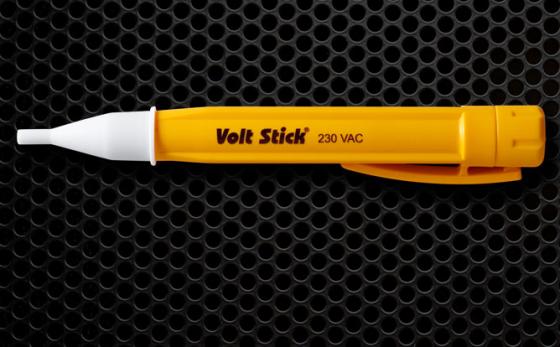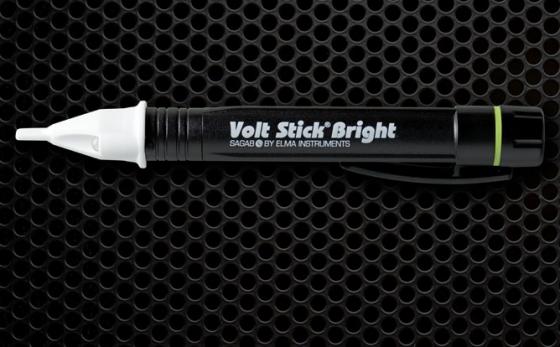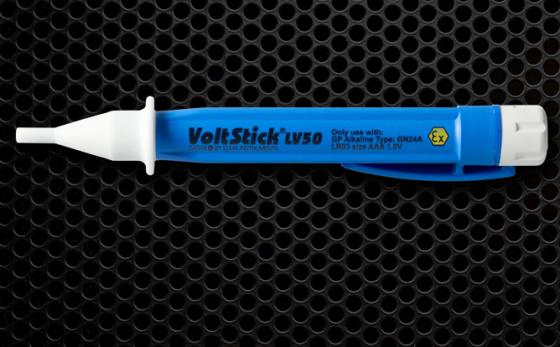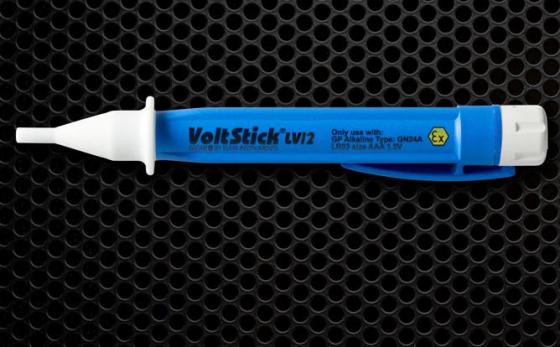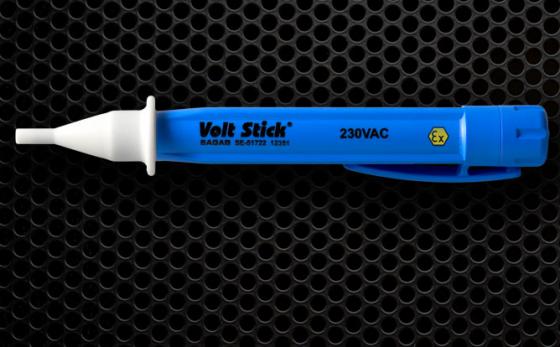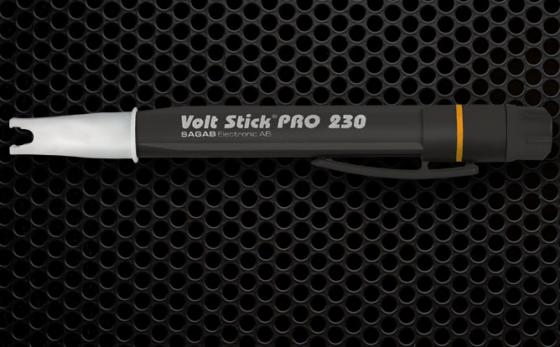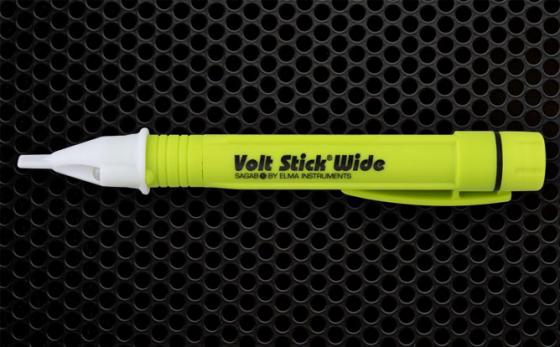How to identify 'False Readings' on a non-contact Voltage Detector
The Volt Stick team were recently contacted by a customer who had used one of our non-contact voltage detectors to test an empty metal 'Altoids mint' tin on their desk. They were surprised to find that when they tested the tin, the Volt Stick lit up to indicate the presence of a Voltage; they could see that the tin wasn't live/hot so, concerned about further 'False Readings', they got in touch with us!
The following article and video explains how 'False Readings' can happen when using non-contact voltage detectors, and, more importantly, how to recognise when it might be happening!
Remember Volt Sticks are tools, and to get the best out of any tool you must fully understand how it works!
What is a non-contact voltage detector 'false positive'?
In certain circumstances, a non-contact voltage tester may provide what is known as a ’false positive’, referring to a situation where a non-contact voltage detector indicates the presence of voltage when there appears to be no actual voltage present. 'False Positive' is a phrase that we at Volt Stick don't like to use because it implies that the Non-Contact Voltage Detector is not behaving how it should and giving a 'False' Reading but that may not be the case at all!
It may look as though the Non-Contact Voltage Detector is incorrectly indicating the presence of a voltage but there will always be a reason for the 'positive indication' and there will be a potential difference present even though it might not be where you think it is!
Several factors can contribute to a non-contact voltage tester producing false positive readings:
-
Ghost Voltage/Phantom Voltage
Ghost or Phantom voltage can occur on a wire or metallic surface due to an induced voltage from a conductor in close proximity, this can occur by Capacitive coupling with an Electric Field (if there is no current flow) or by Inductive coupling with a Magnetic Field (if there is current flow) in the adjacent conductor. When a non-contact voltage tester is used in such cases, it may detect a small voltage reading even though there is no active power source or 'electrical' potential, but there is a Voltage Potential Difference present! The following video demonstrates how a Ghost/Phantom Voltage can be capacitively induced onto an adjacent metallic surface like a Tin Box.
-
Indirect Capacitive Coupling
This can happen when the person using the Non-Contact Voltage detector actually capacitively couples their own body with an adjacent electric field, and when they move the tester towards the object that they are testing the capacitive circuit is completed, causing the non-contact voltage tester to light up.
This can happen if the person is stood directly underneath a fluorescent light fitting, or on top of underfloor wiring, the person's body would capacitively couple with that electric field and when the non-contact voltage tester is moved towards the object being tested, the capacitive circuit would be completed causing the non-contact tester to indicate a voltage. The voltage would appear to be coming from the object, but is in fact coming from the nearby capacitively coupled electric field of the light fitting or underfloor wiring. To identify if the body is indirectly capacitively coupling then possible sources of electric fields could be switched off, i.e. turn off the light or isolate the underfloor wiring to see if it affects the result.
To minimize the occurrence of false positives, it is essential to use a high-quality voltage detector, follow proper testing procedures and be aware of the potential sources of false readings. If you encounter a voltage tester false positive, it is advisable to troubleshoot the issue, double-check the connections, and use additional testing methods to confirm the presence or absence of voltage.
More questions about Volt Stick and non-contact voltage testers?
If you have any questions regarding the use of your Volt Stick® device, or in choosing the correct model for your application, please contact the Volt Stick team by emailing us at info@voltstick.com
